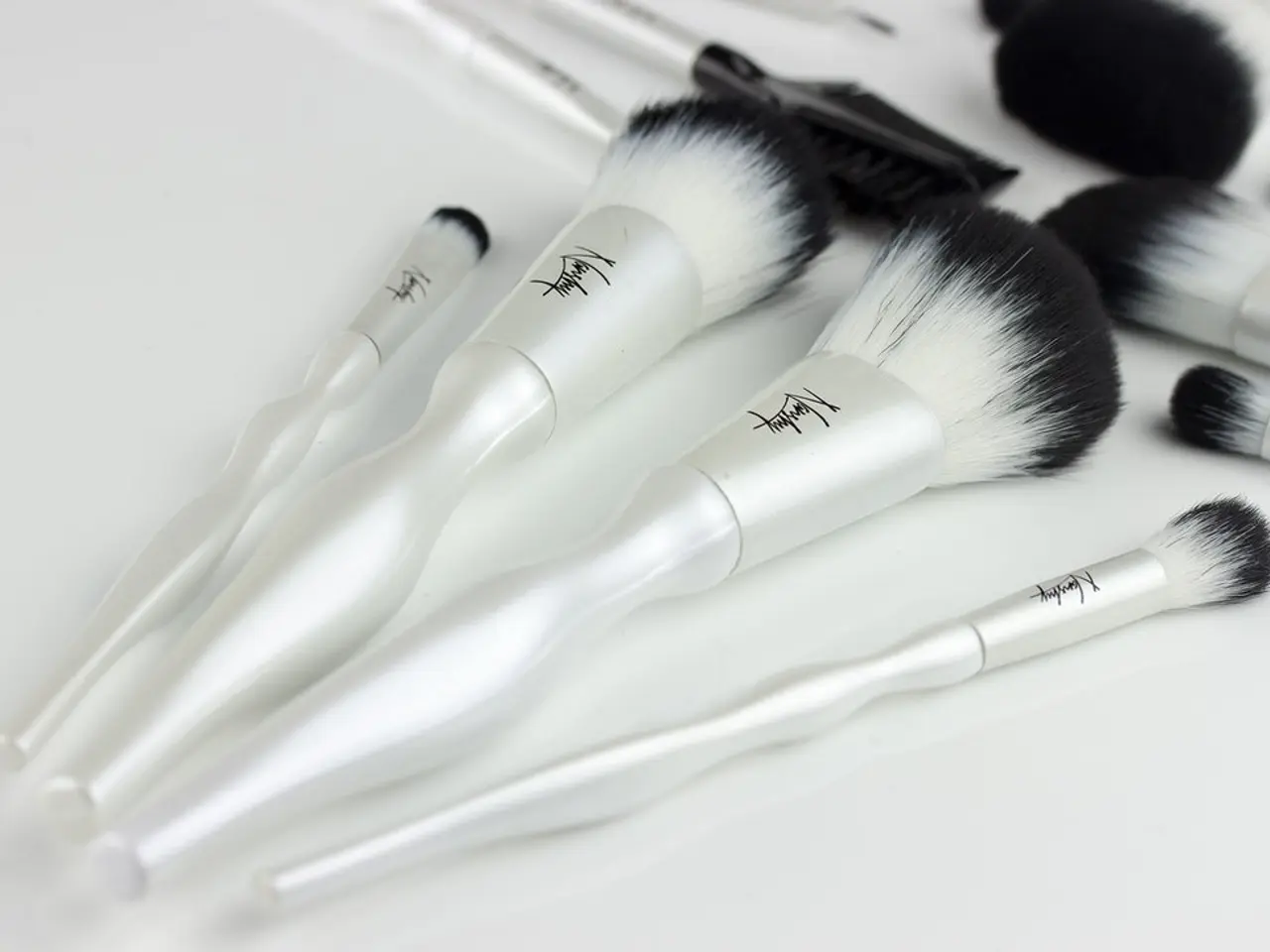Essential Equipment for Aspiring Watercolor Painters
When it comes to creating stunning watercolor art, having the right tools can make all the difference. Here's a list of supplies recommended by professional artists to help you get started:
Papers
Cold-pressed 100% cotton watercolor paper is the most recommended for its texture and ability to handle water without warping. Brands like Fabriano Artistico 140 lb cold press and Hahnemühle sketchbooks are highly regarded for their quality. Cold-pressed paper balances texture and smoothness, making it versatile for washes and detail work.
Brushes
A variety of sizes is ideal to cover details and larger washes. Typically, artists use round brushes in sizes 0 (for details), 2, and 4 (for general to larger areas). Mop brushes (sizes 3/0 and 1) for large washes are recommended. Brushes made of high-quality materials like sable or synthetic blends from reputable brands such as da Vinci and Raphael offer durability and good paint loading.
Paints
Artists prefer watercolor tubes over pans for mixing flexibility. Top brands include Winsor & Newton (valued for transparency) and Holbein (noted for intense, opaque colors). Beginner-friendly sets like Winsor & Newton Cotman are also recommended.
Additional Tools
A large watercolor palette with ample mixing area (e.g., Masterson Sta-Wet Palette) keeps paints moist and allows mixing freedom. Other essentials include a pencil and pencil extender for sketching, quality erasers, black waterproof drawing ink like Faber Castell Pitt Artist or Sakura Pigma Micron (if combining ink and watercolor), two water containers (clean and dirty), a spray bottle for rewetting paints, a surface like Gator board to tape paper securely, and optional materials like salt, alcohol, and different inks for special effects.
In summary, a setup with reliable cold-pressed cotton paper, a basic set of quality round and mop brushes, preferred tube watercolors from Winsor & Newton or Holbein, and practical accessories like a large palette and waterproof ink constitutes the best tools to work effectively with watercolor according to professional recommendations.
Whether you're a beginner or an experienced artist, working with watercolor requires a particular setup, proper materials, and lots of experimentation. Embrace the unpredictable nature of watercolor and enjoy the creative process!
- To enhance your digital art, consider incorporating 3D illustrations into your layout for a more engaging visual experience.
- A good tutorial on UI and UX design, focusing on lifestyle and home-and-garden themes, can greatly improve your design skills.
- Sketching your ideas before painting can help refine your artistic vision and ensure a smoother design process.
- To create eye-catching logos, experiment with different color combinations and stylistic approaches.
- High-quality digital art can elevate the presentation of your creative work, be it a painting or an illustration, to a professional level.
- Artists can use a combination of art and design techniques, blending traditional methods like sketching with modern digital tools, to create exquisite watercolor paintings.
- Using fabric-textured digital brushes can add authenticity to your digital 3D layout and give it a unique touch.
- To create a harmonious and visually appealing user interface, it's essential to consider not only the layout and color choices but also the overall user experience (UX).




